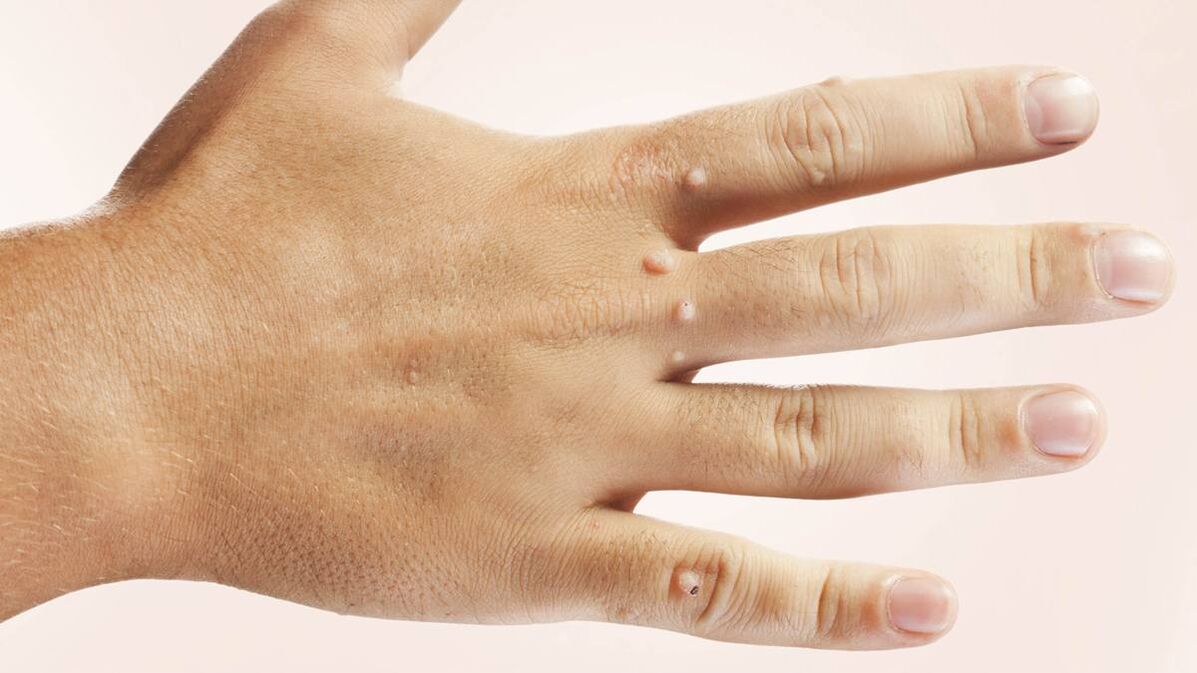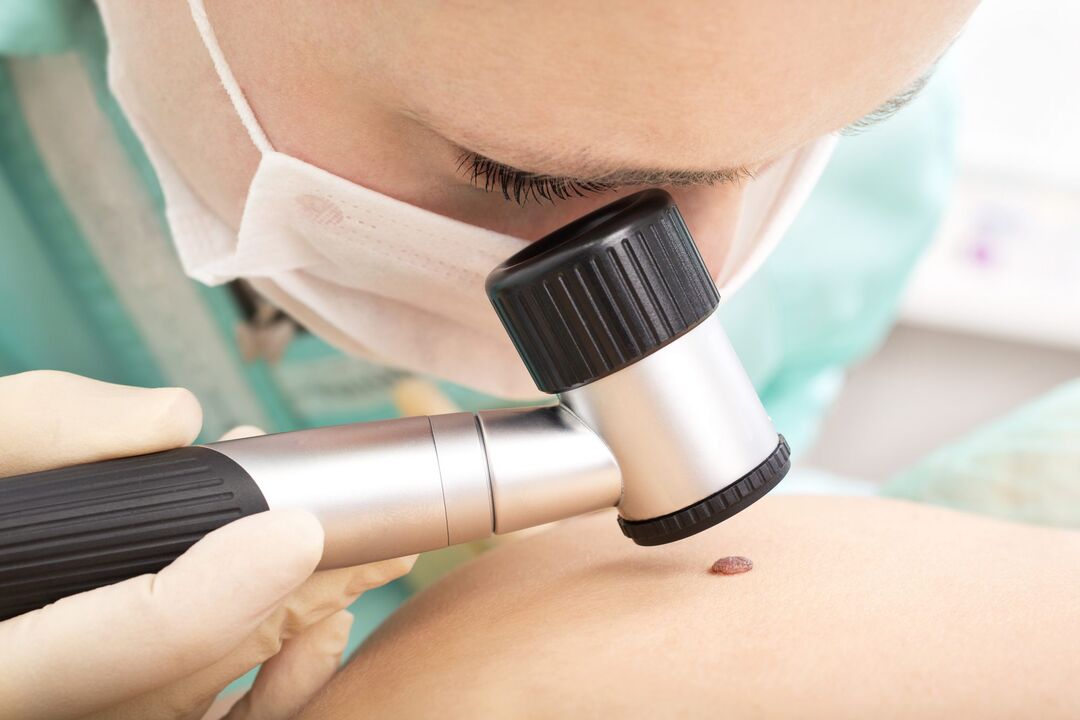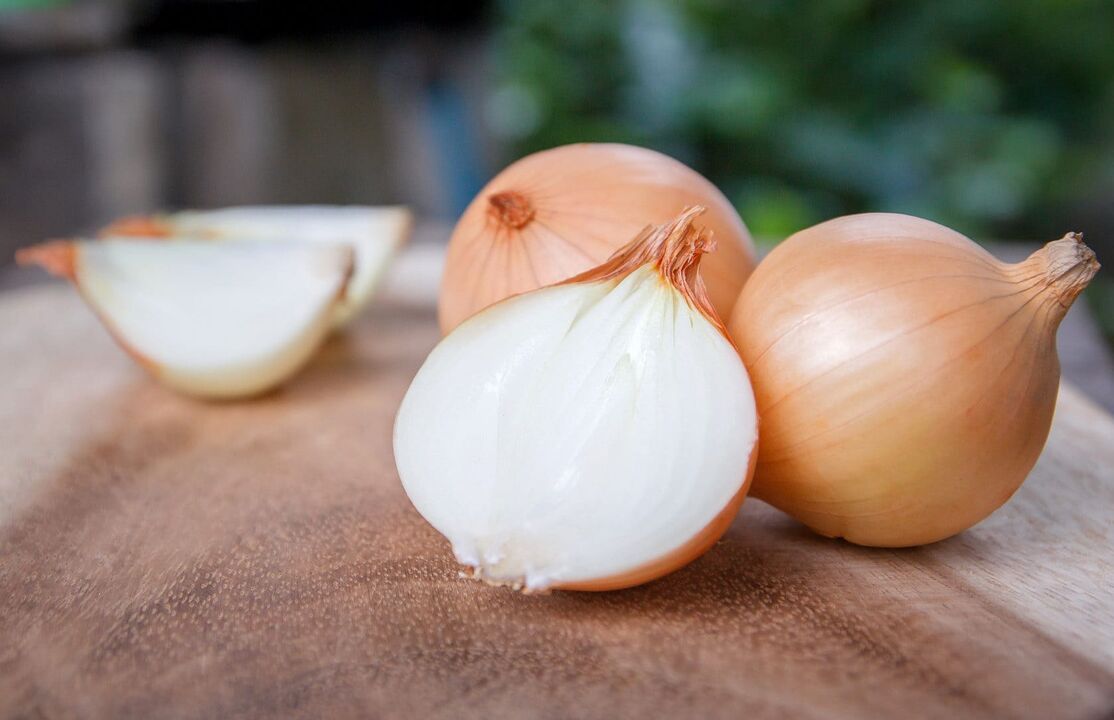Warts can appear on everyone's body. In many cases, they disappear on their own, but sometimes it becomes necessary to remove them. The removal of warts is, of course, best done in health care. Self-destruction of such tumors cannot result in, or vice versa, their injury. You can find out where to remove warts in the next article.

Who may have warts
Everyone can get warts, but the probability of getting infected with the papillomavirus is as follows:
- children and adolescents;
- adults and children who have a habit of biting their nails or biting splinters;
- immunocompromised individuals.
In children, warts usually go away without treatment. A dermatologist should be consulted if the warts are bothering the child (such as painful) or multiply very quickly.
signs and symptoms
Depending on the appearance and location of the body, several types of warts can be distinguished. Listed below are the signs (that the person sees) and the symptoms (that the person feels) that are common in certain types of warts.
Vulgar (common) warts
If a child has a wart on their face, be sure to check your hand - you will probably see warts there as well. The virus usually spreads to the skin of the face when you touch it or when a child bites their nails.
Vulgar warts:
- more common on fingers, around nails, and on the back of the palm;
- more common in places where the skin is often damaged, such as places where it has burrs or where nail chewing is a habit;
- they most often look like a small lump (compression) with an uneven rough surface;
- there may be black dots on the surface (actually these are tiny thrombotic vessels) that are sometimes mistakenly called the "root" of the wart.
Plantar warts
They appear on the soles and are sometimes difficult to handle.
Plantar warts:
- appear more often on the soles;
- can grow, unite and form so-called clusters (mosaic warts);
- more often flat or increasing inwards (due to pressure during walking);
- painful, especially under pressure;
- they often cause a gravel feeling in the shoes;
- there may be black dots on the surface.
Flat warts
- it can appear anywhere, but it is usually more common in children on the face, in men - on the chin, in women - on the feet;
- Smaller and smoother than other types of warts
- usually multiple and in groups, usually in large numbers - from 20 to 100.
Filiform warts (acrochords)
- they appear as long strands or thin finger-like outgrowths;
- more common on the face: around the mouth, eyes, and nose;
- they tend to grow rapidly.
I need to get rid of warts and why
A numbering system is used for all types of papillomavirus in medicine. It is known that HPV types 57, 26-29, 14-17, 12, 10, 7 1-5 are guilty of the appearance of different types of warts, causing 1-4-plantar warts, 49, 28, 3 and 10 -flat, HPV 27 - ordinary.
Oncogenic HPV types require special attention, e. g. , 52, 39, 33, 31, 30, 70, 40, 51, 55, 61-64, may provoke the development of a precancerous condition and are considered to be the most dangerous. When localized on the penis, vagina, and cervix — types of HPV 16, 11, 13, 31, 33, 35 — they form genital warts and papillomas.
The following papillomaviruses, which can be localized on the external genitalia and mucous membranes, are recognized as particularly dangerous - these are types 70, 66, 56, 33, 31, 18, 16. Many people who develop warts ask the question, is it possible to remove warts, dangerous or not?
In any case, a person should consult a dermatologist to determine the nature and type of the neoplasm. In addition to eliminating aesthetic discomfort, increasing the risk of growth damage, tumors must be treated or removed because the presence of foci of viral infection provokes its spread to other areas of the skin and there is a risk of the tumor becoming malignant. Be sure to consult a dermatologist to find out the type of wart, papilloma, or warts and determine the best way to get rid of it.
Do not postpone the visit if:
- The tumor is bleeding or rupturing;
- When the wart becomes painful, itching, burning occurs
- It changes color, becomes heterogeneous in color, changes shape and size
- The number of warts increases, more girls show up
- If the wart is localized in a conspicuous place, it is often traumatized and causes psychological discomfort.
Removing a wart at home alone is not safe. All doctors agree that removing a wart at home is dangerous and not advisable for the following reasons:
- Self-treatment of accumulation most often leads to the development of scarring, scarring, or burning of the nearest skin tissue;
- Various home methods can introduce infection into the wound, develop an inflammatory process, or spread the virus to other areas of the skin;
Of course, the likelihood that a true wart will turn into a malignant tumor is not high, but there is still a risk, and any removal of any tumor on its own, without diagnosis and hysteroscopy of the removed material, has adverse consequences.
How are warts diagnosed?
For warts, the dermatologist usually only needs to look at them to make a diagnosis. In rare cases, a biopsy may be required to confirm the diagnosis. To do this, the doctor removes the wart and sends the sample to the laboratory, where it is examined under a microscope. Don't worry - it's a quick and safe procedure.

How to treat warts
In children, warts usually go away without any treatment.
In adults, warts are in most cases completely harmless, but unlike children, they sometimes do not go away on their own.
A dermatologist's consultation is required if:
- warts change their shape, color, size;
- warts hurt you;
- the number of warts increases.
There are many ways to remove warts. The choice of this method depends on the patient's age, state of health, and the type of wart.
Wart - body growth
Papillomas (warts) are often confused with moles. Warts, like moles, can be removed in the same way. Each has its advantages and disadvantages. For example, traditional surgery leaves a mark on the skin anyway.
Surgical removal of warts is generally not recommended because warts often recur.
Cryodestruction and laser removal do not always allow precise control of the depth of effect on tissue. Electrocoagulation allows the depth of exposure to be controlled, but the risk of scarring remains. Therefore, a combination of several methods is sometimes used. Other treatments for warts include topical salicylic acid, adhesive tape, and chemical treatments.
Basic methods of removing warts
As practice shows, many patients try to get rid of them by folk methods. However, it is worth understanding that folk methods alone are not very effective and can even be dangerous in some cases. The right process is only possible if the specialist fights not only the skin manifestations of the virus, but also its foundations. There are several ways to eliminate these tumors:
- Radio waves. . . It is a relatively new but well-proven method. Using a special device, the skin is exposed to a certain frequency of radio waves. The advantage of this method is that it allows the removal of both the wart and the root.
- Electrocoagulation.This term hides the cauterization of the neoplasm with a special electrode. Thanks to the local anesthesia, during which all procedures are performed, you can always be sure that you will not experience any negative feelings.
- Liquid nitrogen.Another well known method. Nitrogen freezes the wart and its root, which is why it is removed really quickly and qualitatively.
To remove warts, dermatologists can use:
- Cryotherapy(liquid nitrogen) is the most common method of removing vulgar warts in adults and older children and is not very painful. But usually the procedure needs to be repeated. And the use of this method in dark-skinned people can lead to the formation of dark spots on the skin.
- Electrosurgery and curettage. . . Electrical surgery (electrical moxibustion) is an effective method to remove vulgar, filiform, and plantar warts. Curettage is a method that involves scraping the wart with a sharp knife or special instrument (curette). After scraping, electrocoagulation is performed and a bandage is placed on the wound.
Often these two procedures are used together. Your dermatologist may remove the warts before or after cauterization.
Your doctor may also surgically remove the wart.
In cases where the above methods have not been positive, the dermatologist may use one of the following methods:
- Laser treatment under local anesthesia;
- Cauterizing chemicals are usually prescribed to treat flat warts. Such exfoliation is performed daily at home using salicylic acid and glycolic acid;
- Immunotherapy is a way to activate the body's own defenses in the treatment of warts. It is prescribed in cases where other types of therapy have not produced positive results.
One type of immunotherapy is the application of a special substance to the wart. An allergic reaction occurs around the treated warts, which can help the body treat them. Another type of immunotherapy is the injection of interferon into the warts. Injections can boost immunity and help the body fight the virus.
Unfortunately, there is no way to get rid of warts once and for all with a 100% guarantee. They may reappear in the old place and in a new place. Sometimes new warts appear to appear faster than old ones. This occurs when the virus infects the cells next to the wart before the wart is removed. Therefore, new warts usually appear near the place where the old one was.
Self-care and removal
There is a huge way to remove warts with folk remedies, but that doesn’t mean at all that you have to forget about traditional medicine and constantly self-heal.
Any recipe for wart removal, any video on wart removal, the opinions of people and beauticians - this is just an introductory material that shows that wart removal in children and adults is possible without consequences.
But one should never experiment and draw hasty conclusions - all the neoplasms of the human body should be shown to a doctor, studied with the help of laboratory tests, and only then should they be cured or removed. But nonetheless, we decided to present some methods to remove warts at home. We hope that this material, as we have advised, will remain for information only.
Because the cost of removing warts in some clinics and beauty salons scares people a bit, they try to treat the tumors on their own, this is how it happens.
Light bulb treatment
A raw, medium-sized onion is soaked in vinegar for about two hours, cut, and tied to the wart overnight. The procedure is continued until the wart disappears.

Wood ash treatment
The wood ash should be diluted, preferably with fresh, clean water, until a homogeneous suspension is formed, which should be applied daily to the warts until they disappear.
Removal of warts with celandine
The wart is smeared with fresh celandine juice in the morning and evening. Thanks to the alkaloids it contains, warts can be treated quickly. They dry out and leave. The procedure should be repeated until the wart is completely gone. Be careful when using celandine juice, it should not get on healthy skin as it is quite corrosive.
Removal of warts and papillomas by cauterization
The method is painful, but many people find it quite effective. You need a dry stick for any tree branch and keep it over an open fire. When it starts to glow, the tumor needs to be warmed up. This should be done several times, after 5-7 days the wart will disappear.
As you can see, in addition to buying medicines to remove warts at a pharmacy, you can still grow it in your own vacation home or find it in your home. It’s up to you to experiment or not, think about it, but we’ve chosen it and we’ve recommended it to you several times.
After removal of the papilloma
Keep in mind that simply removing warts will not remove the virus from your body. After a long or not too long time, the papillomas may reappear. This is due to the presence of virus particles. In order to get rid of the virus for a long time, prevention must be done. How to do it?
Vitamin therapy. Take two to three month courses focusing on high zinc levels in the vitamin and mineral complexes you take. Zinc inhibits the growth of virus particles. Thus, the human papillomavirus is destroyed once and for all.
- Good personal hygiene. Good skin care.
- Avoid stress, overload, normalize daily routine. Sleep should last at least eight hours a day.
- Eat well.
- Try not to overcool, avoid colds after removing the warts for the first three months, and better - for six months.
- Check intestinal dysbiosis. If available, administer probiotic treatment.
- See an infectious disease specialist or immunologist. Your doctor will prescribe antiviral drugs that stimulate the immune system.
When you are considering removing a wart, first visit a qualified professional.
Papillomas with suspected malignancies are best removed at an oncologist's appointment.
Such formations are best subjected to control histological examination.
Prevention
To prevent the appearance of warts, dermatologists recommend the following:
- do not injure the warts;
- wear sandals or other special shoes when visiting the pool and in the public shower and dressing room;
- do not touch the warts of others;
- Wipe your dry feet with warts, moisture tends to spread the warts.














































































